
1: 110th Street Subway Stop
The gateway to Morningside Heights by public transportation is the Red line, Number 1 subway stop of 110th Street. Upon arrival, you will find a

The gateway to Morningside Heights by public transportation is the Red line, Number 1 subway stop of 110th Street. Upon arrival, you will find a
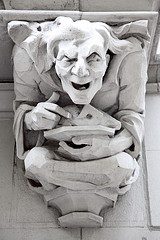
After starting off at a prominent building at the Cathedral of Saint John the Divine, you may want to take a detour to appreciate the
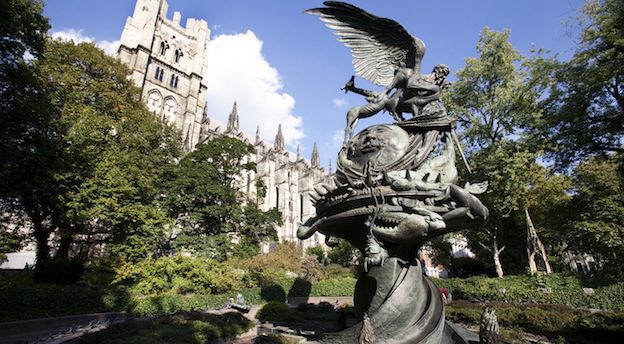
Located next to the Cathedral of Saint John the Divine, the Peace Fountain was built in 1985 by Greg Wyatt to depict the struggle of
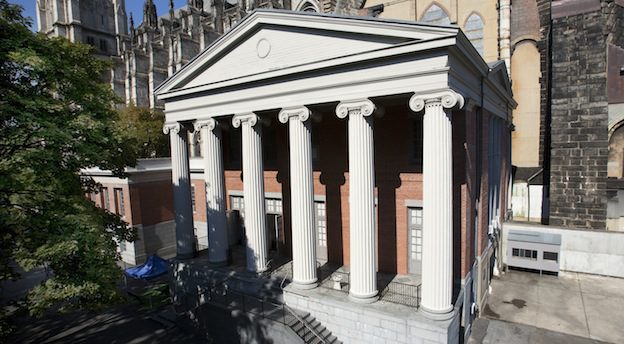
On your visit to the Cathedral of Saint John the Divine, be sure to check out the oldest building in Morningside Heights: Ithiel Town Building.
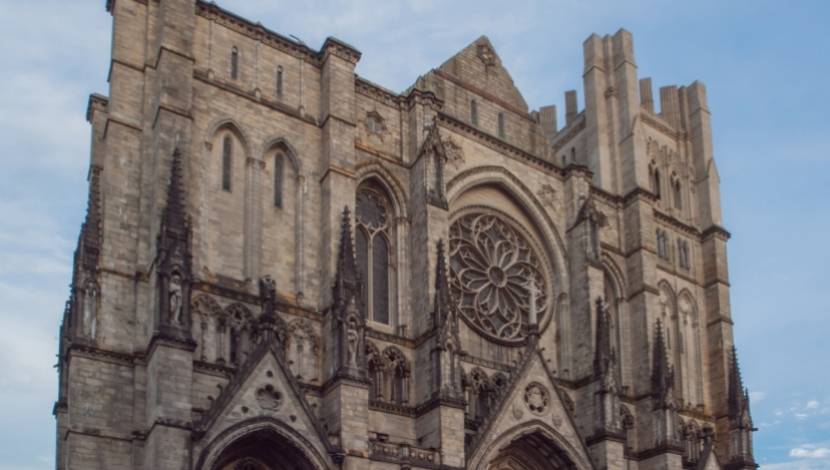
Starting at the 110th Street subway stop, you can begin your tour by walking east along 110th Street to Amsterdam Ave and going north to
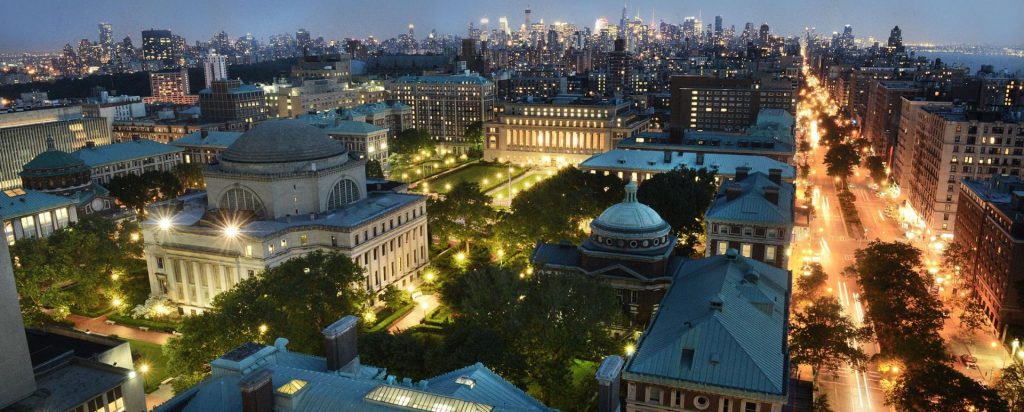
Continue north on Amsterdam Avenue until West 116th Street, and enter the Columbia University campus to turn your attention to the splendor and academia that

Founded in 1913, the Maison Française of Columbia University is the oldest French cultural center established on an American university campus. It is a meeting place
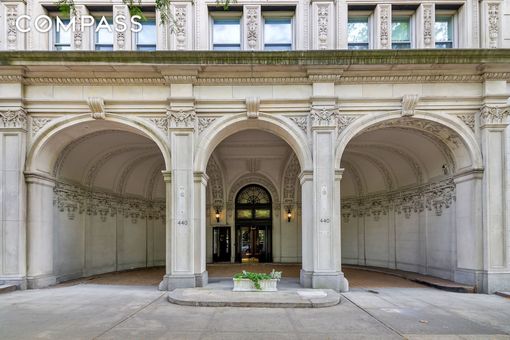
Now that you’ve finished visiting the distinguished Columbia University, head to Broadway. There you’ll find examples of New York’s infamous food truck scene – an
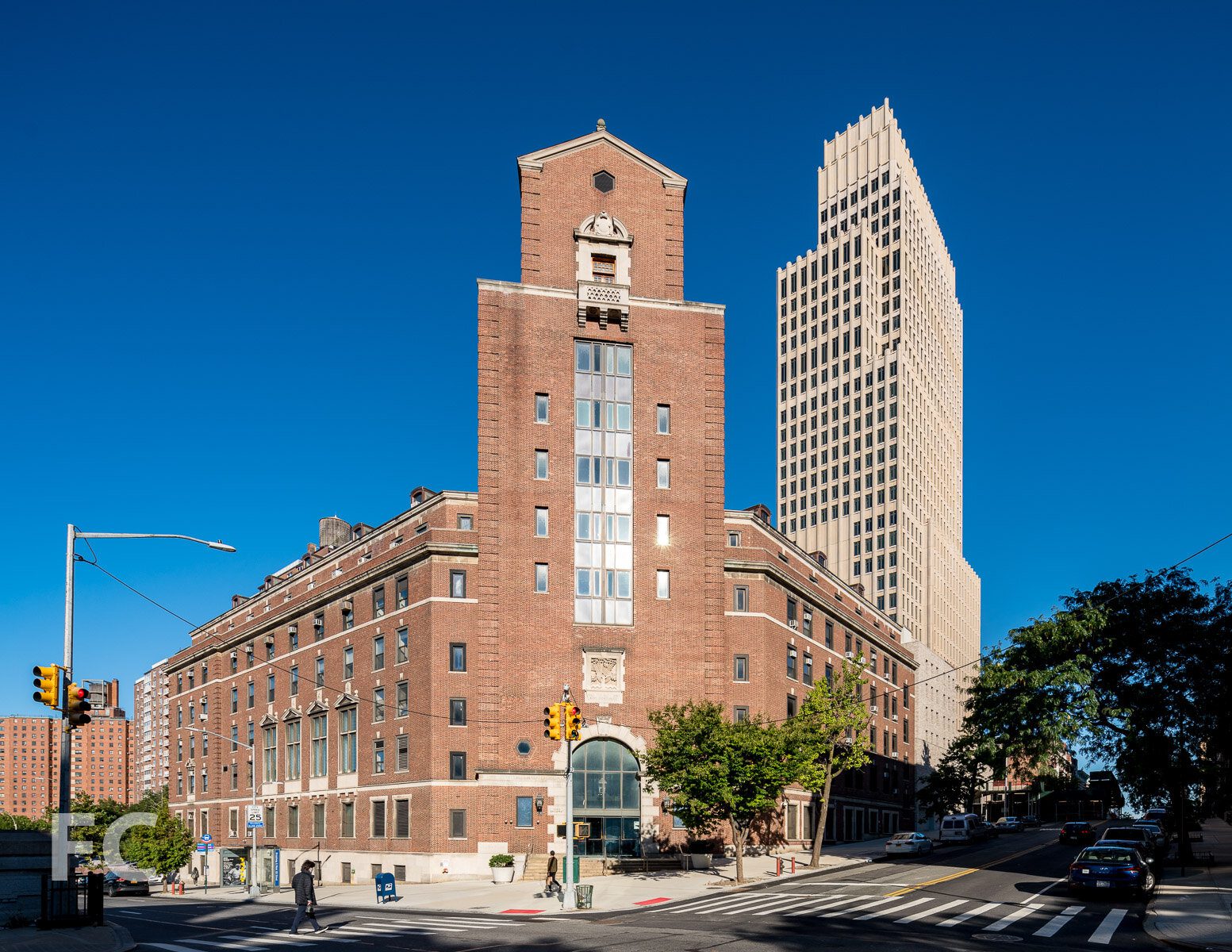
Morningside Heights has been nicknamed the Academic Acropolis, for the vast amount of academic institutions in the area. Many of the academia in the area
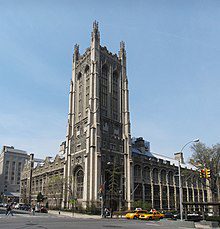
By walking to the intersection of 120th to 122nd Streets between Claremont Avenue and Broadway, you will find yourself in front of your fifth stop:
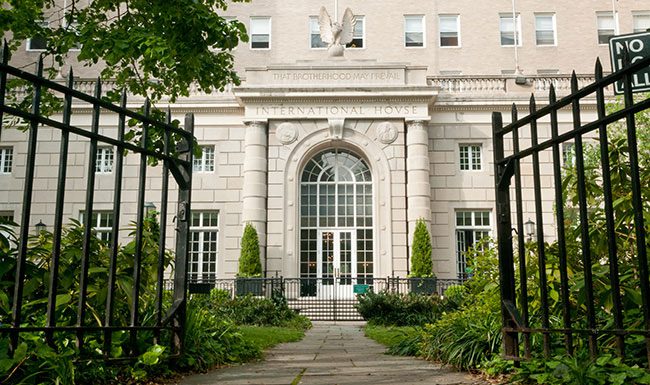
Moving on from the academic institutions in the neighborhood, head up to Riverside Drive along West 122nd to view International House and take in the
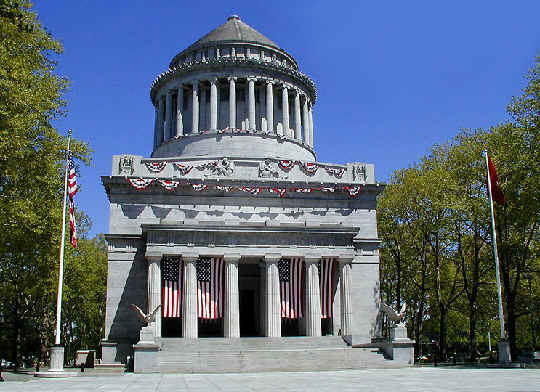
Once you’ve explored Sakura Park, you can head over to General Grant’s Tomb by crossing the street into Riverside Park. The park’s entrance is located
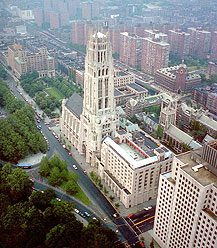
Exiting from General Grant’s tomb, you cannot miss the Riverside Church, located on Riverside Drive and 120th Street where Harlem and the Upper West Side
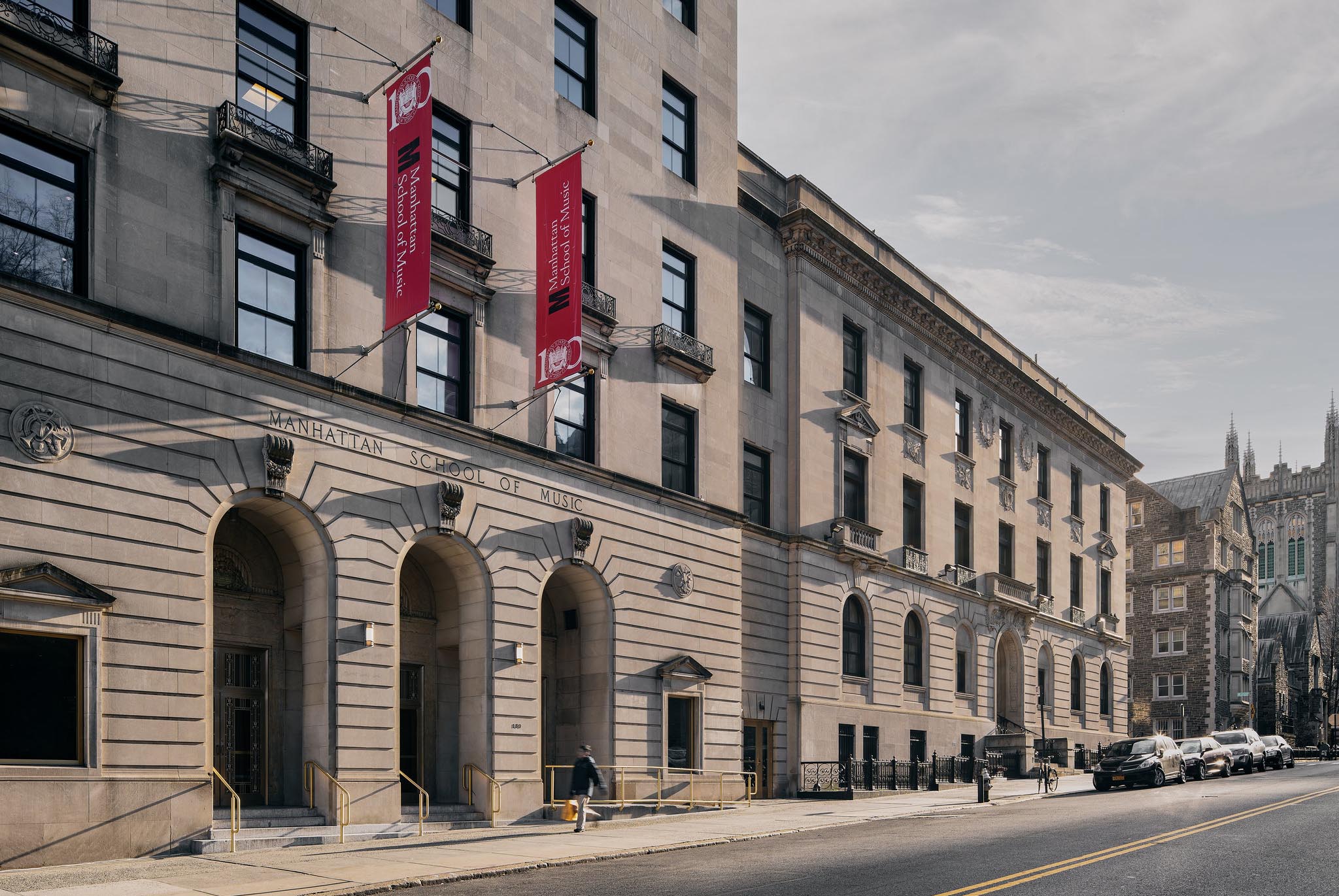
Located on West 122nd Street between Claremont Avenue and Broadway, the Manhattan School of Music (MSM) is a world famous music conservatory. The school offers